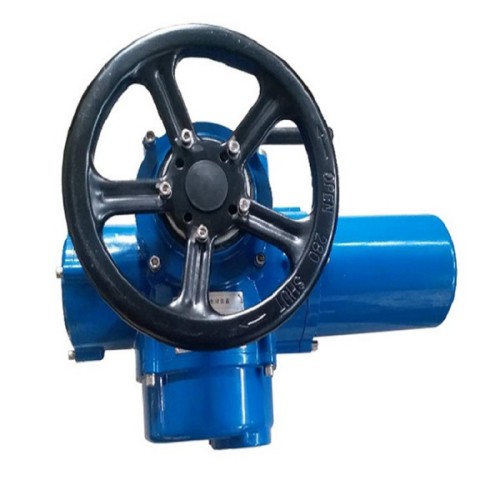Factory Manufacturing Globe Valve ANSI 150 Class for Reliable Industrial Applications and Solutions
Understanding ANSI 150 Globe Valves Functionality and Applications
Globe valves are essential components in many industrial processes, renowned for their ability to regulate fluid flow efficiently. Among the various specifications of globe valves, ANSI 150 globe valves play a crucial role in applications where precise control over fluid dynamics is necessary. This article delves into the characteristics, manufacturing process, and applications of ANSI 150 globe valves.
What is ANSI 150?
ANSI 150 refers to the American National Standards Institute (ANSI) standard for flanged connections and pressure ratings in valves. In this standard, 150 denotes a specific pressure class that indicates the maximum pressure the valve can handle at a given temperature. ANSI 150 valves can bear pressures up to 285 psi at 100°F, making them suitable for a variety of operating conditions.
Design and Features of ANSI 150 Globe Valves
Globe valves feature a spherical body shape, which allows for a smooth flow path and minimal obstruction. The distinct design includes a movable disk-type element and a stationary ring seat, providing excellent throttling characteristics. ANSI 150 globe valves can be manufactured from various materials, including carbon steel, stainless steel, and forged steel, offering durability and chemical compatibility according to the application's requirements.
One of the significant advantages of globe valves is their ability to provide precise flow regulation. The design facilitates gradual opening and closing of the valve, making it an ideal choice for throttling applications. Additionally, the globe valve's construction minimizes pressure drop across the valve, ensuring efficient operation.
Manufacturing Process
The manufacture of ANSI 150 globe valves follows stringent quality control measures to ensure durability and reliability. The manufacturing process typically involves casting or forging the body, followed by machining to achieve the desired dimensions and surface finish. Quality checks are conducted at various stages, including pressure testing and inspection of the internal components, to meet both industry standards and customer specifications.
globe valve ansi 150 factory

The assembly of globe valves is equally critical, as it ensures that all components function seamlessly together. The valve's sealing surfaces must be precisely machined and lapped to achieve optimal sealing performance. Manufacturers often conduct hydrostatic tests to verify that the valve can withstand operational pressures without leaks.
Applications
ANSI 150 globe valves are widely used across various industries, including oil and gas, water treatment, power generation, and chemical processing
. Their ability to provide reliable flow control makes them invaluable in applications such as1. Water Distribution Systems In municipal water supply systems, ANSI 150 globe valves control the flow and pressure, ensuring a steady supply of water.
2. Steam Systems In power plants, these valves are crucial for regulating steam flow, which is essential for the efficient operation of turbines.
3. Chemical Processing They offer precise control over chemical flows, ensuring safe and efficient processing of raw materials into finished products.
4. Heating Systems In HVAC systems, ANSI 150 globe valves help regulate flow in heating applications, maintaining desired temperature conditions.
Conclusion
ANSI 150 globe valves are a cornerstone in many industrial applications due to their reliability, durability, and excellent flow control capabilities. Understanding their features, manufacturing processes, and applications can aid industries in selecting the appropriate valves for their specific needs. As industries continue to evolve, the demand for reliable and efficient flow control solutions like ANSI 150 globe valves will undoubtedly grow, making them a vital component in the future of industrial process management.
-
The Key to Fluid Control: Exploring the Advantages of Ball Valves in Industrial SystemsNewsJul.09,2025
-
The Versatile World of 1, 2, and 3 Piece Ball ValvesNewsJul.09,2025
-
Stainless Steel Ball Valves: The Ideal Choice for Efficient Flow ControlNewsJul.09,2025
-
Optimizing Fluid Control with Ball Float ValvesNewsJul.09,2025
-
Manual Gate Valves: Essential for Control and EfficiencyNewsJul.09,2025
-
Everything You Need to Know About Butterfly ValvesNewsJul.09,2025
-
The Versatility of Wafer Type Butterfly ValvesNewsJul.08,2025




